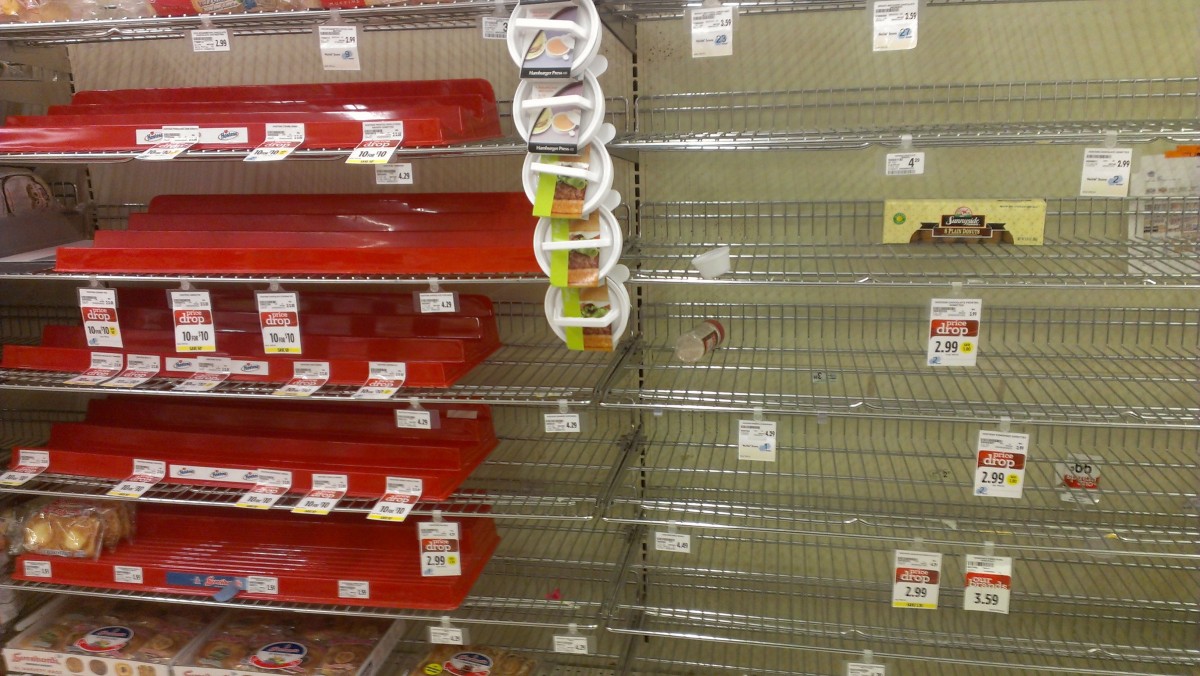Optimize Business for High Demand Products
Post on Tuesday, December 26th, 2017 in Accounting

High demand products are those that are currently trending. This means a growing number of consumers want to buy those products. The most obvious examples of high demand products are seasonal products such as holiday gifts, clothes or school items.
The most burning issue that is related to products in high demand is low supply. Surprisingly, the low supply and magic phrases such as “limited time offer” makes consumers want these products even more. Small business owners are often unprepared to face such unexpected increase in demand for certain products. Unpreparedness can quickly lead to low stock, lost sales and unhappy customers.
In this article, we are going to discuss how both retailers and wholesalers can fight low supply problems and optimize their inventory for products in highest demand.
Implement a demand-driven supply chain (DDSC).
This is the most important action that you should take in order to successfully sell your high demand products. A demand-driven supply chain is based on identifying the demand signals and building a supply chain in response to those signals. With such approach, your business processes become more agile and depend rather on ever-changing demands than on forecasts.
Invest into a sound inventory management system.
Inventory management software such as Dynamic Inventory will help you to automate the inventory processes and forecasts for each in-demand product. It will also help you to identify which products you should stock, and define when it is time to replenish inventory. As a result, you will stay one step ahead of your competitors by efficiently managing inventory for in-demand products.
Organize the inventory in your warehouse (ABC analysis).
The ABC analysis, or selective inventory control, is an inventory categorization method that divides the inventory into three categories. According to the ABC analysis, products in highest demand are considered A-products, the products in demand are considered B-products, and products in low demand are considered C-products. To efficiently categorize your inventory items, place each product in demand closer to the shipping, staging and receiving area. As a result, employees who are responsible for the picking and packing activities will not waste their time running from one corner of the warehouse to another looking for products.
Get rid of low-demand items.
You definitely have some low-demand items that are gathering dust on warehouse shelves. To give more space to products in demand and eliminate redundant storage costs, you should remove the low-sellers from your inventory. If you don’t already know how to detect the low-demand items or obsolete stock, these are items that have not had an inventory turnover or have not been sold within an accounting period, which is typically 12 months. Records and reports from your inventory management software can help you identify such items.
Use a reliable e-commerce platform to sell your high-demand products.
As a result, your retailers and distributors will be able to place orders with you quickly and easily. It is also important to implement a backordering system for products in highest demand. This will give your consumers the option to receive the items within a specific time period rather than get a reply that the item is out of stock.
Calculate the right price for your demand products.
Knowing the right price of your stock is necessary to calculate how much you are going to charge your customers and identify how much profit will be generated by sales. The price of your stock includes the following costs:
- Ordering costs, which occur every time you place an order.
- Carrying costs, which occur when you receive and store your stock in a warehouse.
- Stockout costs, which occur when there is not enough stock to complete the orders.
Remember that choosing the lower cost may not be the most profitable option. You will need to do some math before making a decision.
Improve the processes all the time.
To avoid high operational costs, poor customer service levels and inefficient operations, your company should continuously monitor and analyze any operational challenges.
Take advantage of IoT and machine learning technologies.
Technology is conquering our world at an alarming rate, and it also refers to supply chain management processes. Nowadays the intelligent, data-driven systems can easily handle the supply chain tasks such as planning, procurement, supplier management and logistics. Therefore, you can use the IoT and machine learning also in order to adjust your supply chain to the ever-growing product demand and stay up-to-date with the latest trends.
These are the techniques that will help you manage the inventory of high demand products more efficiently, generate profitable sales and keep your customers happy.

Adam is the Assistant Director of Operations at Dynamic Inventory. He has experience working with retailers in various industries including sporting goods, automotive parts, outdoor equipment, and more. His background is in e-commerce internet marketing and he has helped design the requirements for many features in Dynamic Inventory based on his expertise managing and marketing products online.
Learn how Dynamic Inventory can streamline your business today!
Schedule a DemoRelated Articles
see all
The Different Roles of Packing Slips & Invoices
When you ship an order to a customer, you typically use two important documents: a packing slip and an invoice. …

Demand & Inventory Forecasting Methods Explained
Demand forecasting is basically looking into the future and predicting how your products will sell by using previous sales data …

Guide To Creating Your Own Bill of Materials Template
Consumers create shopping lists. Chefs create recipes. In the same way, manufacturers, builders and engineers will create a bill of …

